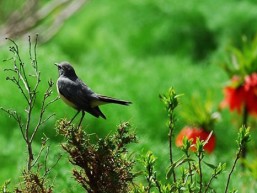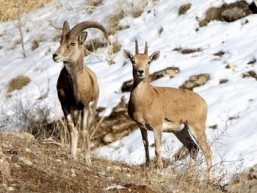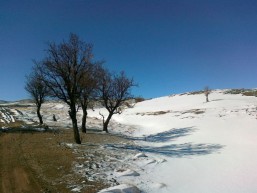Tang-e-Sayyad Sabzkouh is Iran’s latest biosphere reserve registered in UNESCO (June 2015). Tang-e-Sayyad Sabzkouh is a biosphere reserve in southwestern province of Chaharmahal and Bakhtiari. It covers an area of 532,878 hectares. Land subsidence, geological activity and the melting ice caps have formed several wetlands in the area, home to rare fauna such as the wild cat and tiger snake. The Karun River, the biggest in Iran, supports 22 fish species, including pike and Mesopotamian catfish. During the cold season, the bushlands in the area are home to migratory birds such as the white stork and greater flamingo. The presence of several rivers and springs in the site has led to an increase in the development of agriculture and animal husbandry. Local handicrafts and folk festivals also offer the potential to develop tourism. These activities would be managed by the local communities.
Arjan and Parishan, Genou, Hara, Kavir, Touran, Miankaleh, Golestan, Arasbaran, Urmia, and Denadeh are ten Iranian biosphere reserves already registered in UNESCO list.


Khangormaz
Aimed at protecting Armenian sheep and wild goat, this region was designated protected area in 2001. It is a 10337 ha area in Hamedan Province.

Siah kuh
Having an area of 199651 ha, this region was designated protectad area in 2001. Covering protions of Esfahan and Yazd Provinces, the region is a

Lashgardar
Covering an area of 16089 ha, this region was designated protected area in 1990. Located in Hamedan Province, it’s a mountainous and plain area with

Bashgol
An area of 25344 ha, this region was designated area in 1996. It is a plain rolling land with numerous springs located in Qazvin Province.



